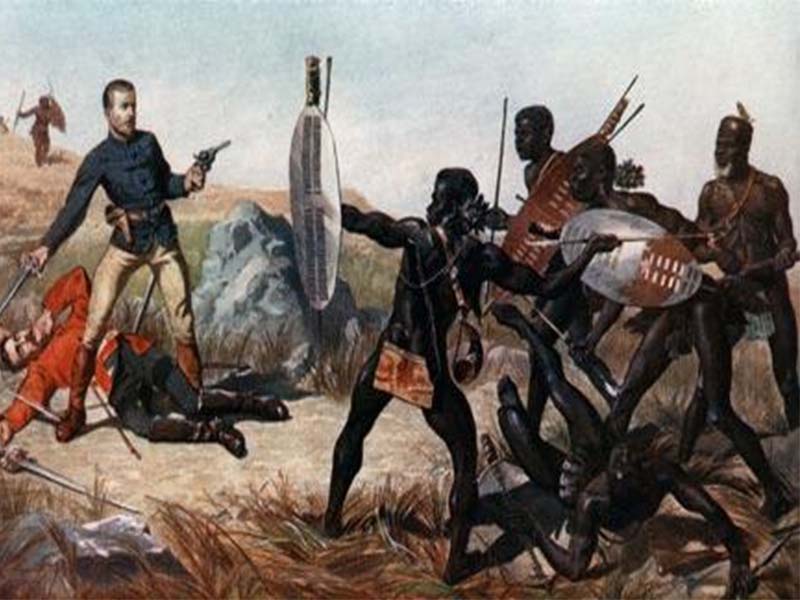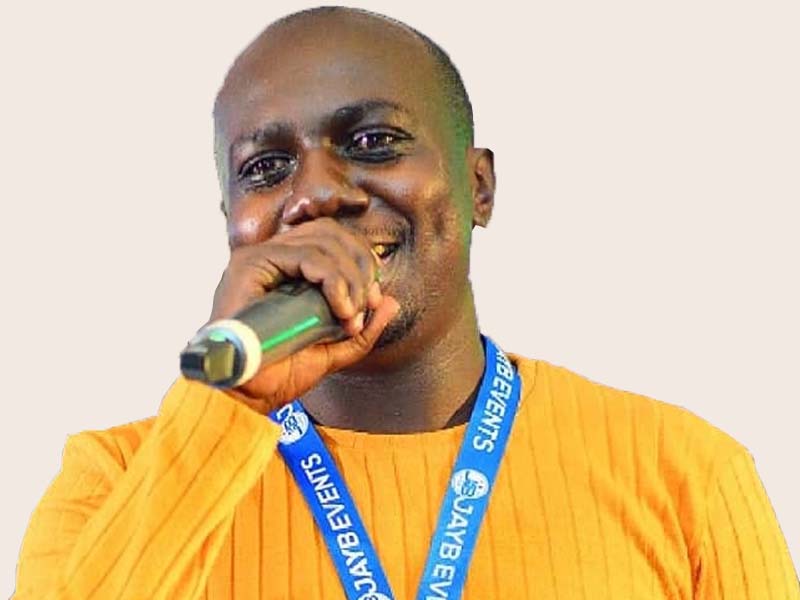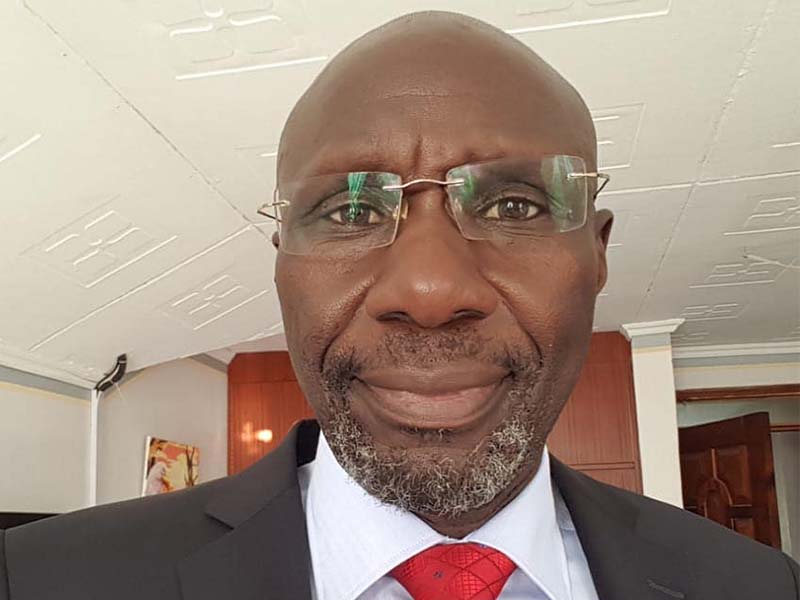Sakawa is a respected hero among the Abagusii people of Kenya. He rose to the status of an immortal with a supernatural ability to foretell upcoming events including wars. Even more interesting are untold facts in Prophet Sakawa biography.
Historical sources have proven that Sakawa was not only honoured but also feared by tribesmen. For this reason, he holds a special place in society regardless of modern-day beliefs about ancient prophecies.
10 Profile facts in Prophet Sakawa biography
The biography of Sakawa exposes much about his family background and lifelong prophetic roles.
As such, enlisted facts provoke fresh memories of a man who prepared and protected his people in a time of crisis.
1. Sakawa ancestral home is in Bogeka Clan, Kisii County
Sakawa was born in the 1940s at Iranda, Bogeka village in Kitutu Chache Constituency, Kisii County.
Notice that Bogeka Ward is one of the five administrative regions in Kitutu Chache South Sub County where Hon. Richard Onyonka is a Member of Parliament until 2022.
2. Otenyo, Sakawa, and Moraa Ngiti are from Bogeka Clan
Kisii heroes Sakawa, warrior Otenyo, and his medicine woman aunt, Moraa Ngiti, rose from Bogeka Clan within the vicinity of Manga Hills.
Was Sakawa a medicine man? Yes, apart from foretelling, Sakawa was a teacher with a skill in traditional medicine.
It is no secret that the Kitutu region is a hot bed of renowned warriors, seers, and leaders even in the current system of governance.
3. Prophet Sakawa biography shows he was exceedingly silent
Sakawa was not an ordinary man since childhood. He remained silent for the better part of his life.
For this reason, locals assumed that Sakawa was suffering from a speech impairment or dumb at worst.
He chose his words carefully, spoke with clarity, and turned to silence almost immediately.
4. Sakawa dressed in banana leaves and had chunky hair
Sakawa was not appealing at first sight because he was not well groomed. He often went public clothed in banana leaves.
In addition, Sakawa had unkempt hair which fell loosely over his face and ears.
5. Prophet Sakawa possessed mysterious power and wisdom
Tales of Sakawa the prophet indicate that he was born different with rare skills above the rest.
Apart from silence, he could foresee upcoming events with admirable accuracy.
6. Foreteller Sakawa defeated Kipsigis warriors with vultures
Foreteller Sakawa played a major role in defeating Kipsigis warriors who regularly raided Gusii homesteads for livestock.
Sakawa allegedly sent vultures against Kipsigis warriors as they were matching from Sotik to Kisii.
These carnivorous birds weakened the enemy and gave Abagusii warriors an easy win.
Notably, vultures were at the time feared because they feasted on abandoned bodies of dead soldiers.
7. His prophecies ensured victory in the Battle of Sao Sao
Kipsigis warriors eventually arrived in Kisii after a tiresome vulture attack on their way.
They raided as planned but failed to cross the border with stolen cows. Kisii warriors who had been instructed by Sakawa successfully attacked the enemy at manga escarpment.
The resulting war, called the Battle of Sao Sao ended, with Kipsigis warriors defeated.
8. Sakawa Kisii prophesied the British Invasion of 1905
Prophet Sakawa is on the record for warning Abagusii people against the coming of a white man.
He told his people of an undefeatable white man with guns and long rail tracks. Sakawa observed ahead of time that only those with sons would benefit.
Elsewhere, he foretold the civilised Getembe (now Kisii town) with Amandegere to mean mushrooming houses.
Did Sakawa resist? Prophet Sakawa resistance tact was bearing many sons for defence and accumulation of wealth.
Fortunately, Sakawa’s two of his main prophecies including the Battle of Sao Sao and the British Invasion turned out true.
9. Sakawa a traditional leader in the Gusii council of elders
Was Sakawa a political leader? Yes, the venerated Sakawa occupied a special place within the Gusii council of elders.
How he rose from a quiet man to a trustworthy seer is truly heart-warming.
After Sakawa came Otenyo in the First World War era and Senior Chief Musa Nyandusi in the Second World War era.
10. There are 3 conflicting accounts on the death of Prophet Sakawa
Historians differ greatly on the ending of Sakawa’s life with these 3 major accounts.
Firstly, he is believed to have disappeared from among men while seeking comfort in his favourite wooden stool.
Secondly, some historians argue that the banana leaves wrapped Sakawa burst into flames and died immediately after narrating a dream about the coming of a white man.
Thirdly, a grandson argues that Sakawa died in 1902 within days of predicting his death and was buried at Gesoni.
The grandson further states that Sakawa was buried alongside his belongings. Finally, a tree was planted on his grave for commemoration.
Various facts in Prophet Sakawa biography spells Gusii heritage at its best. Above all, Sakawa folk tales speak of a Gusii legend who shared critical prophecies with kinsmen.
I explore diverse topics with clarity to keep you informed and your businesses profitable. Besides, I am a website developer, ICT consultant, and graduate mechatronics engineer. Lets Chat on WhatsApp.

![Otenyo Nyamaterere Biography [Photos] 11 Profile Facts - Kisii Warrior Who Defeated the British Otenyo Nyamaterere Biography](https://kisiifinest.co.ke/wp-content/uploads/2023/08/Otenyo-Nyamaterere-Biography.jpg)



